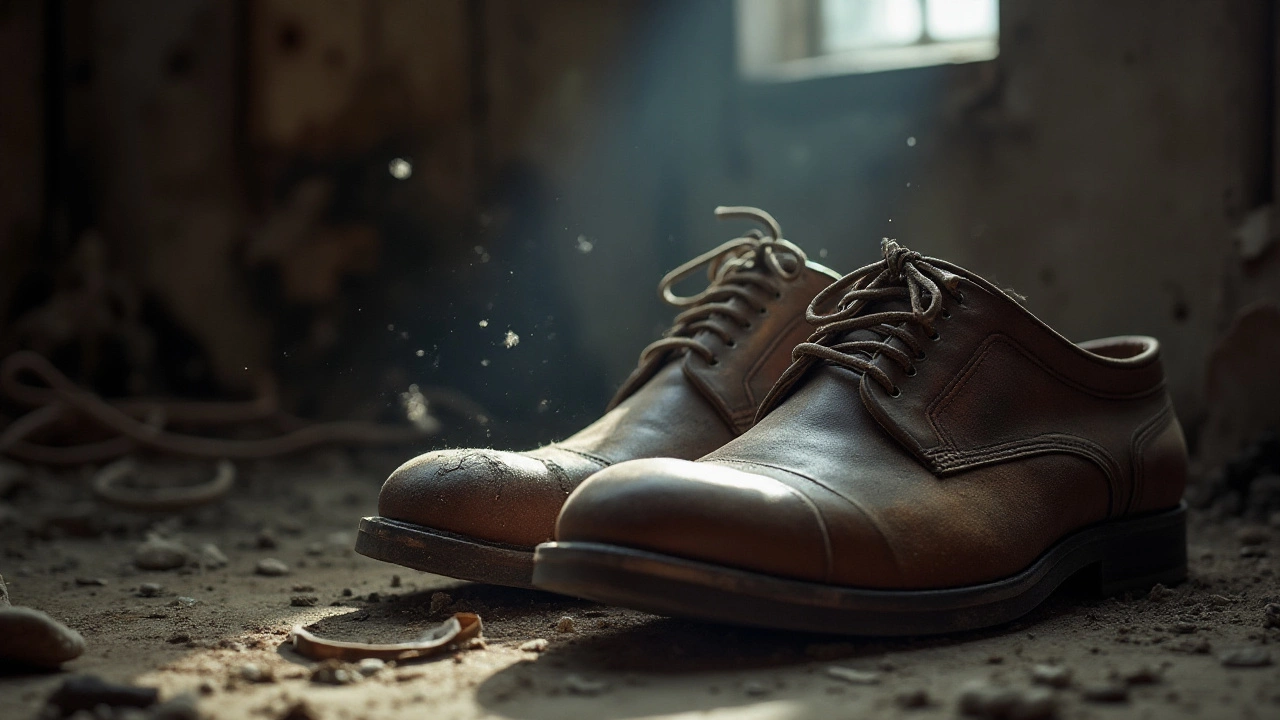Leather Deterioration: What Happens and How to Fix It
Leather looks great, but it can go bad if you don’t treat it right. Over time the material can crack, fade, or get stiff. Knowing the early signs helps you act before the damage gets worse. This guide shows you what to look for and easy ways to keep your leather looking fresh.
Common Signs of Leather Deterioration
First, check the surface. Dry spots, white powder, or chalky patches usually mean the leather has lost its natural oils. Next, feel the texture. If it feels hard, brittle, or rough where it used to be smooth, the fibers are breaking down. Look for cracks – even tiny hairline lines can spread quickly.
Color changes are another clue. Sunlight or heat can bleach the dye, leaving uneven tones. Stains that won’t come out and a lingering sour smell also point to decay. Finally, notice how the leather reacts to water. If a drop beads up then disappears but leaves a dark spot, the finish may be breaking.
Everyday Tips to Prevent Damage
Keep leather away from direct sunlight for long periods. A shaded spot or a UV‑blocking spray helps the color stay even. When you store jackets, shoes, or bags, use a breathable cloth bag instead of plastic; plastic traps moisture and encourages mold.
Moisture is a big enemy. If your leather gets wet, pat it dry with a soft towel and let it air dry at room temperature. Never use a heater or hair dryer – the heat can dry out the leather faster. After it’s dry, apply a thin layer of leather conditioner to restore lost oils.
Cleaning should be gentle. Use a damp cloth and a mild soap made for leather, not regular household cleaners. Rub in circles, rinse with a clean damp cloth, and dry gently. For stubborn stains, a specialist leather cleaner works better than DIY hacks.
Regular conditioning is the easiest way to slow deterioration. Choose a conditioner with natural oils, apply a small amount, and let it soak in for an hour. Do this every three to six months, depending on how often you wear the piece.
When you notice a small crack, don’t wait. Lightly warm the area with your hands, then work in a leather balm or repair cream. The product fills the gap and stops the crack from spreading.
Lastly, be mindful of what you put in your pockets or bags. Sharp objects, heavy keys, or rough fabrics can rub and wear down the leather surface. A simple leather sleeve or pocket insert can protect high‑friction areas.
By watching for early warning signs and using these easy care steps, you can extend the life of jackets, shoes, bags, and any other leather items you love. A little attention now saves you from costly replacements later.

